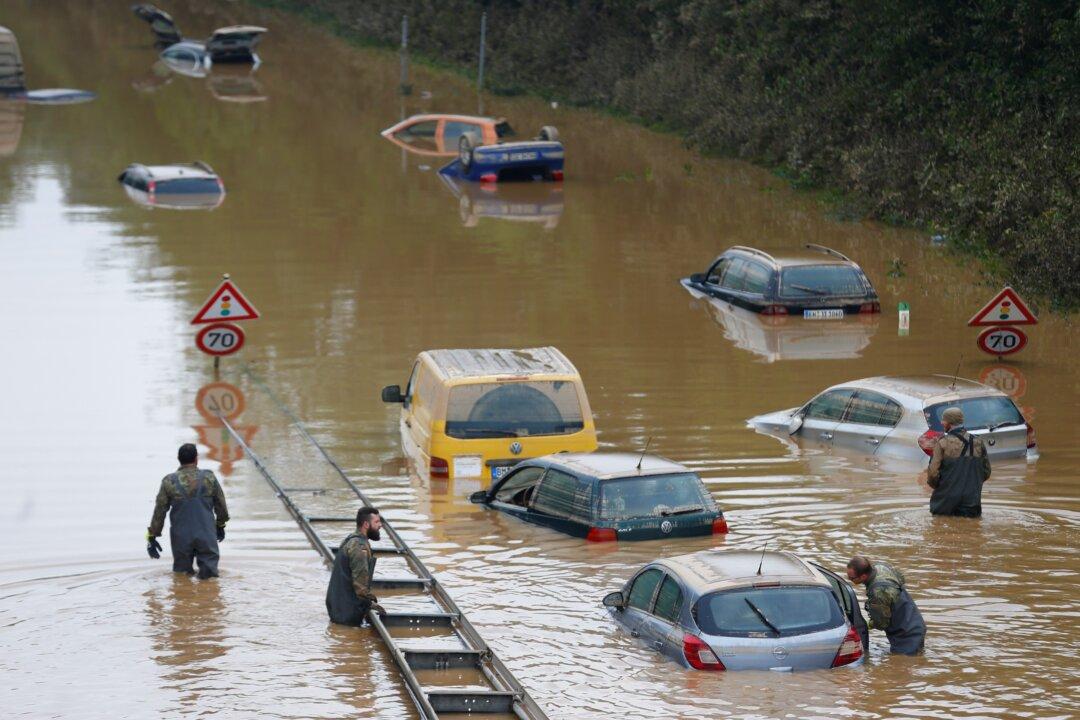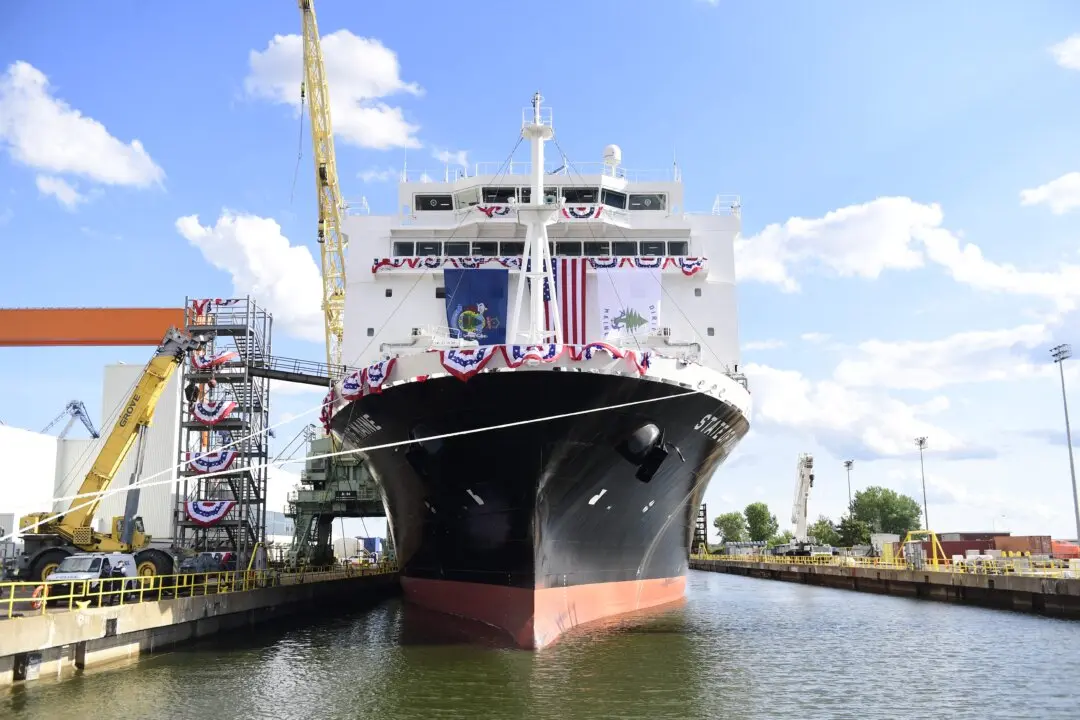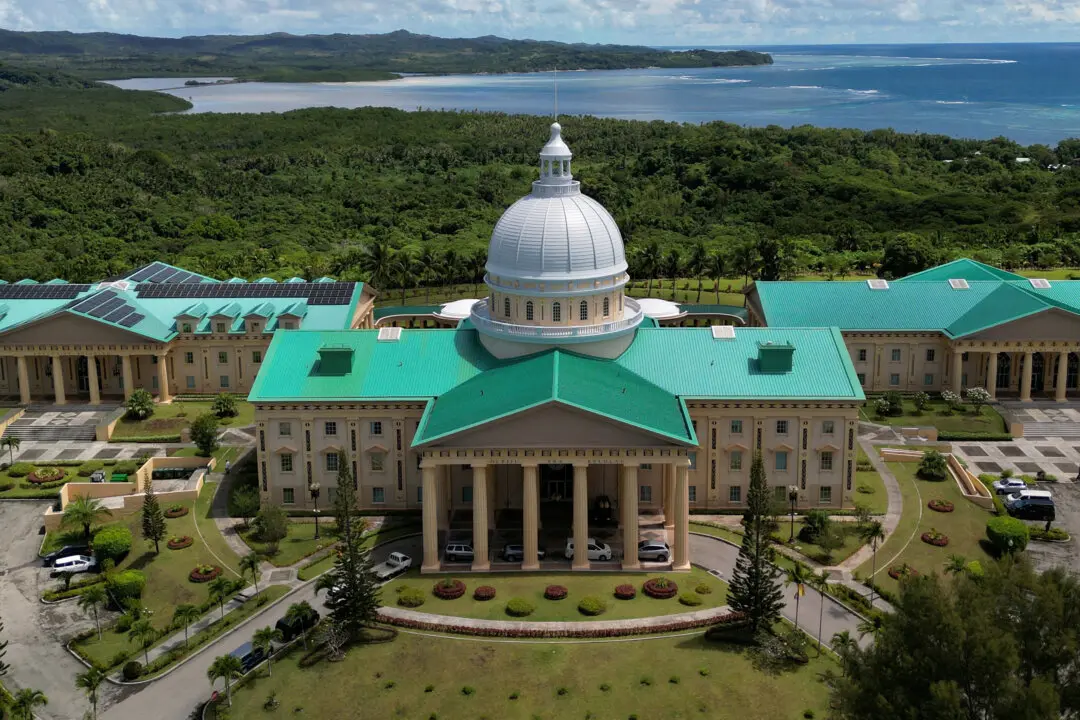WASSENBURG, Germany/BRUSSELS—Rescue workers searched flood-ravaged parts of Germany and Belgium for survivors on Saturday after burst rivers and flash floods this week collapsed houses and claimed at least 157 lives.
Some 133 people have died in the flooding in western Germany, in the country’s worst natural disaster in more than half a century. That included about 90 in the Ahrweiler district south of Cologne, according to police. Hundreds of people are still missing.





